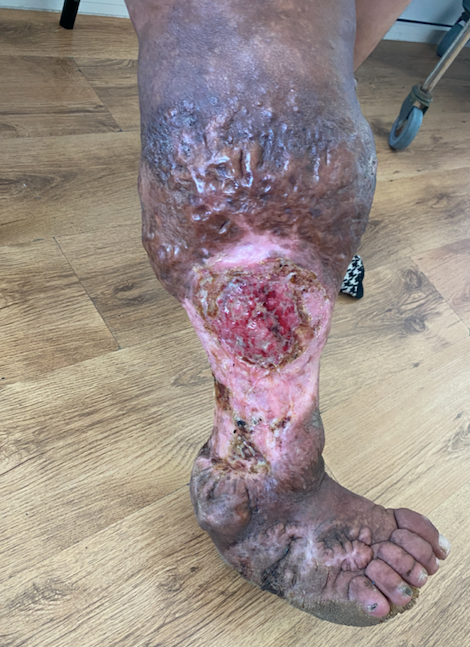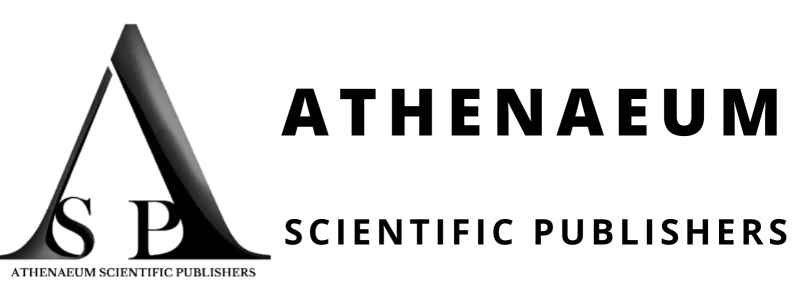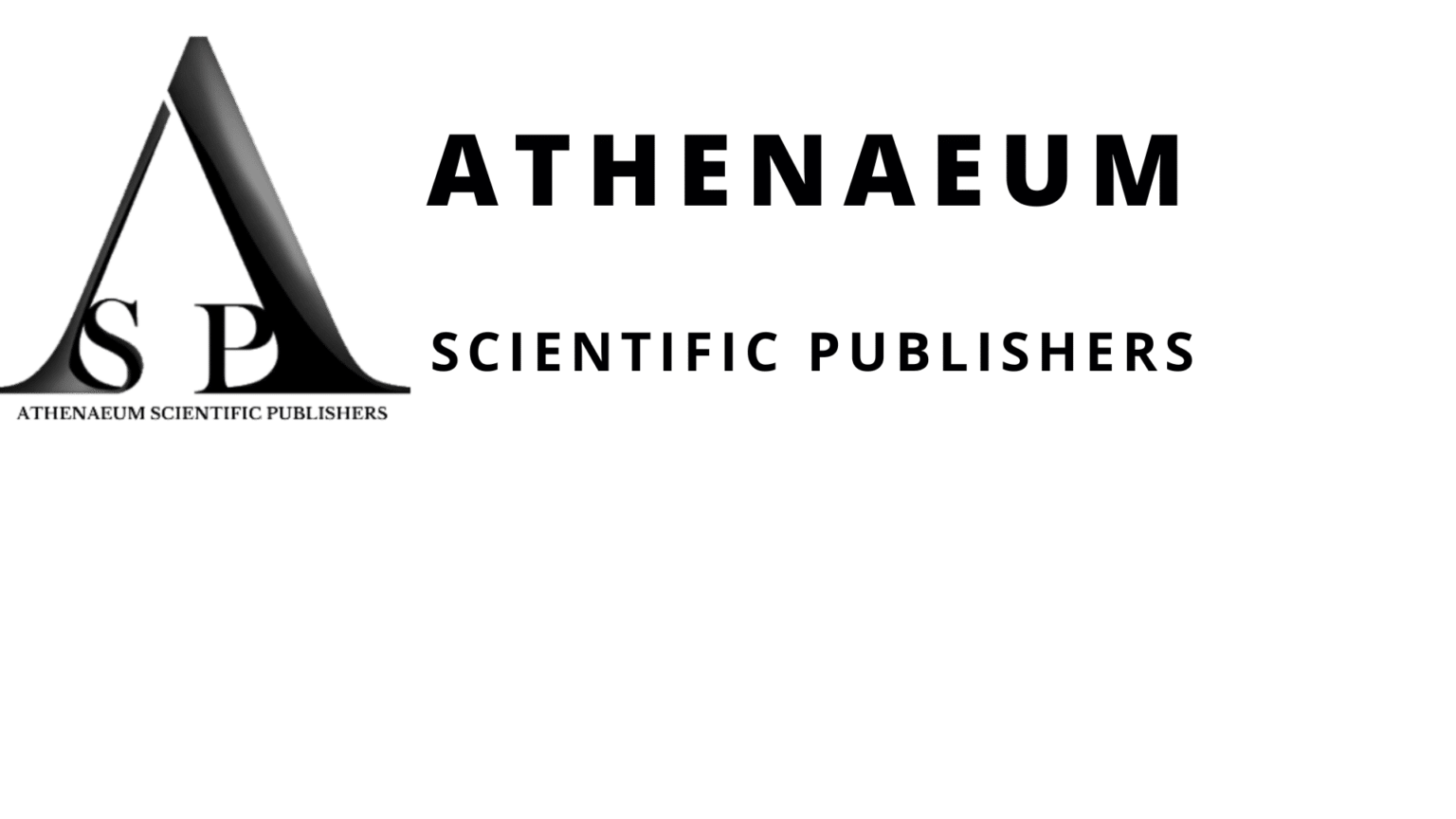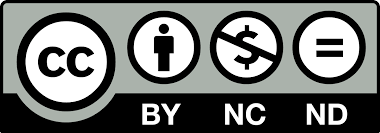Ryme Dassouli1*, Hanane BayBay1, Kenza Tahiri Joutei1, Zakia Douhi1, Sara Elloudi1, Fatima Zahra Mernissi1
1Department of Dermatology, University Hassan II, Morocco
*Corresponding Author: Ryme Dassouli, Department of Dermatology, University Hassan II, Morocco;
E-mail: [email protected]
Published Date: 30-04-2022
Copyright© 2022 by Dassouli R, et al. All rights reserved. This is an open access article distributed under the terms of the Creative Commons Attribution License, which permits unrestricted use, distribution, and reproduction in any medium, provided the original author and source are credited.
In this case, we diagnosed the patient with Parkes Weber syndrome. This syndrome is considered by some experts as a sub-form of the Klippel-Trenaunay syndrome. Both syndromes are defined by congenital vascular malformations, which can affect the capillary system as well as the venous or lymphatic system [2].
PWS is a congenital angiodysplastic syndrome combining capillary, venous, lymphatic and arteriovenous shunts in the overgrown limb. It can affect the upper or lower limbs. It can affect the upper or lower limbs, including the pelvic vessels. Most of these patients are already diagnosed in childhood or at puberty [3]. In contrast, in our patient’s case, the disease did not present until he was 36 years old. The abnormal increase in flow in the venous vasculature resulted in venous hypertension. As a result, the patient developed chronic venous insufficiency with increasing age. Simultaneously, the areas located distally around the AV shunts suffered from arterial under excitation. The combination of these two mechanisms resulted in decompensation of the microcirculation, which then led to local hypoxia that subsequently led to chronic leg ulcers that were difficult to treat. Hyperpigmentation, such as yellow ochre purpura, and hypopigmentation, such as white atrophy, developed as typical clinical signs [3,4].
The treatment of the ulcer consists of correcting the arterio-venous shunt and adopting venous compression therapy by short-stretch bandages in parallel with ulcer-specific dressings [5]. In addition, considerable attention to both arterial and venous components would be the best approach for Parkes Weber syndrome. Cases of complete regression after coil embolization of AV shunts have been reported [6].
In conclusion, Parkes Weber syndrome presents a rare cause of chronic wounds. Nevertheless it should always be considered, even in patients of an advanced age. During therapy, both arterial and venous components should be kept in mind and treated to achieve the best possible outcome.

Figure 1: An enlarged right lower limb with a reduced callibre at the ankle with sclerotic skin giving an inverted bottle appearance. Presence of ulcerations with irregular edges and a fibrinous background topped by hemorrhagic crusts.
Keywords
Vulvar Lichen Sclerosus; Dermoscope; Vascular Pattern; Non-Vascular Pattern
Consent
The examination of the patient was conducted according to the Declaration of Helsinki principles.
References
- Chagas CAA, Pires LAS, Babinski MA, Leite TFO. Klippel-Trenaunay and Parkes-Weber syndromes: two case reports. J Vasc Bras. 2017;16:320-4.
- Ghia DH, Nayak CS, Madke BS, Gadkari RP. Stewart-bluefarb acroangiodermatitis in a case of Parkes-Weber syndrome. Indian J Dermatol. 2014;59:406-8.
- Hoffmann F, Sondermann W, Alkhater M, Weindorf N, Dissemond J. Chronic foot ulcer caused by Parkes Weber syndrome. Int Wound J. 2016;13:1092-4.
- Li ZF, Li Q, Xu Y, Hong B, Huang QH, Liu JM. Spinal arteriovenous malformation associated with parkes weber syndrome: report of two cases and literature review. World Neurosurg. 2017;107:1043.
- Wang SK, Drucker NA, Gupta AK, Marshalleck FE, Dalsing MC. Diagnosis and management of the venous malformations of Klippel-Trénaunay syndrome. J Vasc Surg Venous Lymphat Disord. 2017;5:587-95.
- Conway AM, Qato K, Nguyen Tran NT, Short H, Giangola G, Carroccio A, et al. Embolization techniques for arteriovenous malformations in parkes-weber syndrome. Ann Vasc Surg. 2020;69:224-31.
Article Type
Editorial
Publication History
Received Date: 09-04-2022
Accepted Date: 22-04-2022
Published Date: 30-04-2022
Copyright© 2022 by Dassouli R, et al. All rights reserved. This is an open access article distributed under the terms of the Creative Commons Attribution License, which permits unrestricted use, distribution, and reproduction in any medium, provided the original author and source are credited.
Citation: Dassouli R, et al. Chronic Recalcitrant Lesions of an Enlarged Limb: Consider Parkes Weber Syndrome. J Dermatol Res. 2022;3(1):1-4.

Figure 1: An enlarged right lower limb with a reduced callibre at the ankle with sclerotic skin giving an inverted bottle appearance. Presence of ulcerations with irregular edges and a fibrinous background topped by hemorrhagic crusts.


